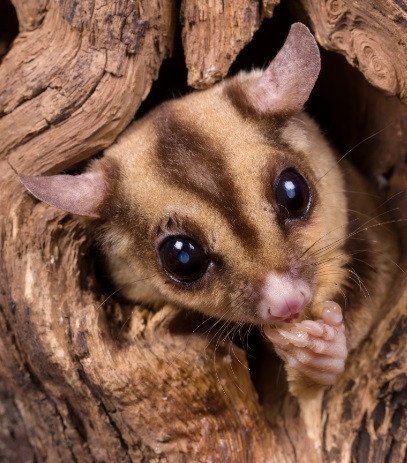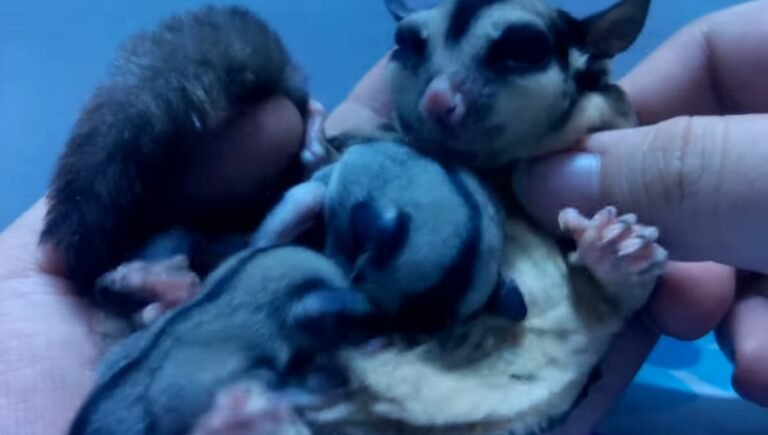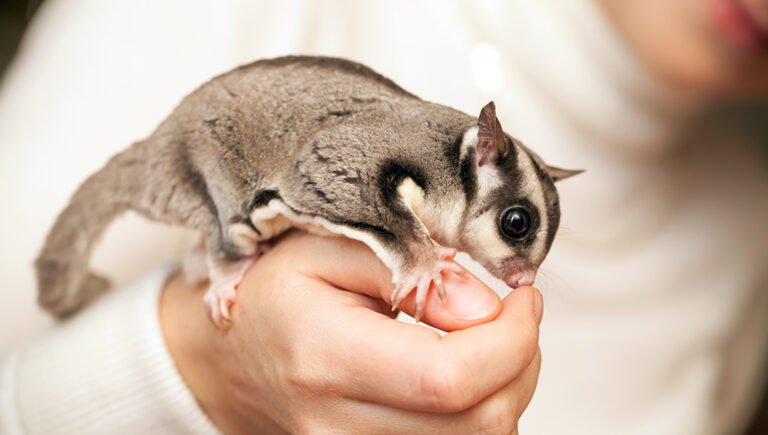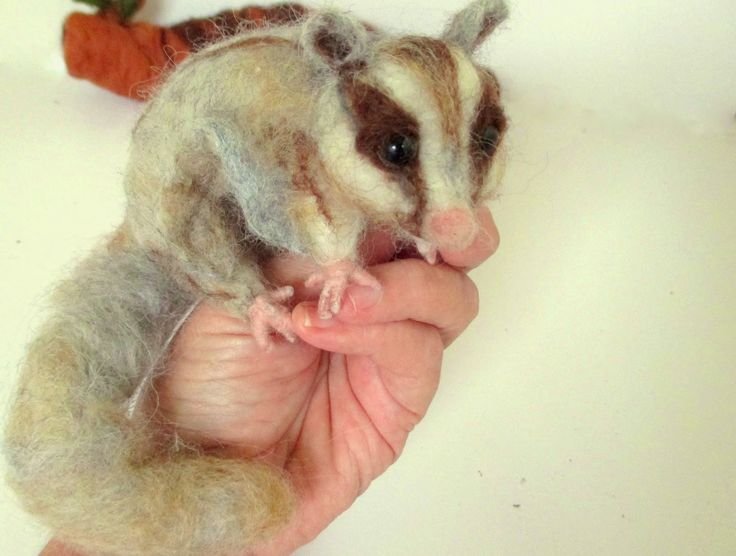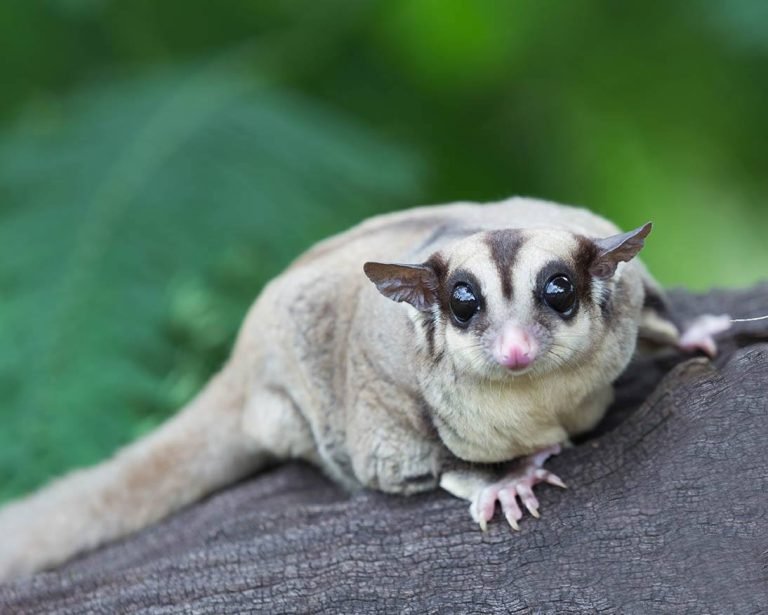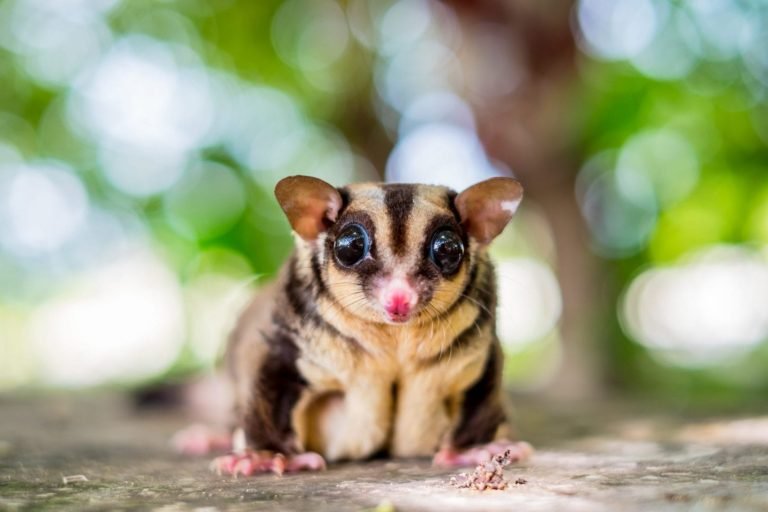Are Australian Sugar Gliders Affected By The Wildfires
Are Australian Sugar Gliders Affected by the Wildfires?
Australia has been ravaged by devastating wildfires in recent years, leaving many people wondering about the impact on the country’s wildlife. One particular species that has garnered attention is the Australian sugar glider. These small, tree-dwelling marsupials are incredibly cute and charismatic, but are they at risk from the fires? In this article, we will explore the potential effects of wildfires on sugar gliders, their habitat, and their survival.
Wildfires can have a significant impact on wildlife, including the sugar glider population. While these animals are well adapted to life in the Australian bush, the intensity and frequency of the fires pose a real threat to their survival. The following sections will delve into the specific ways in which sugar gliders are affected.
Increased mortality rates
Wildfires not only destroy large areas of forest but can also lead to increased mortality rates among sugar gliders. The intense heat and flames can directly kill gliders, and the loss of vegetation and shelter makes them more vulnerable to predators. Furthermore, the displacement caused by fires can result in nutritional stress, leading to weakened immune systems and a higher susceptibility to disease.
Habitat loss
Sugar gliders depend on specific habitats for survival. These include a mix of eucalyptus trees for food and nesting, as well as a dense understory vegetation for cover. Unfortunately, wildfires can destroy these essential components of the glider’s habitat. The loss of food sources and nesting sites greatly impacts their ability to find sustenance and reproduce.
Disruption of food sources
The diet of sugar gliders consists mainly of tree sap, nectar, pollen, and insects. Wildfires can disrupt the availability of these food sources, affecting the gliders’ ability to find nourishment. The destruction of flowering plants, the primary source of nectar, can have a long-lasting impact on the glider population and its ability to rebound after a fire event.
Loss of genetic diversity
Small populations, such as those affected by wildfires, are more susceptible to the loss of genetic diversity. This can lead to decreased resilience and adaptability in the face of changing environmental conditions. The destruction of large tracts of forest and the fragmentation of remaining habitat due to fires can isolate sugar glider populations, making it harder for them to find mates and exchange genetic material.
Recovery challenges
While sugar gliders are resilient and can recover from wildfire events given enough time and suitable conditions, the speed of recovery can be hindered by various factors. Human activities, such as habitat destruction and climate change, further threaten the glider’s chances of bouncing back after a fire. It is crucial to implement measures to protect and restore their habitat to ensure their long-term survival.
Can sugar gliders predict and avoid wildfires?
Sugar gliders are not capable of predicting or avoiding wildfires. They rely on their natural instincts and adaptations to survive in fire-prone landscapes. Gliders have the ability to retreat to the upper canopy of trees, where they are relatively safe from the flames. However, the sheer intensity and scale of modern wildfires make it challenging for them to avoid the consequences entirely.
How can we help?
As concerned individuals, there are several ways we can contribute to the protection of sugar gliders and their habitat:
1. Support organizations dedicated to conservation efforts for Australian wildlife, including sugar gliders.
2. Promote responsible land management practices, such as controlled burns, to reduce the severity and frequency of wildfires.
3. Plant native trees and shrubs that provide suitable habitat for sugar gliders and other wildlife.
4. Encourage sustainable development practices that consider the needs of wildlife and protect crucial habitats.
5. Raise awareness about the importance of preserving the Australian ecosystem and the creatures that call it home.
Frequently Asked Questions
Here are some common questions about the impact of wildfires on Australian sugar gliders:
1: Can sugar gliders survive in burned areas?
While sugar gliders can survive in burned areas, their ability to find food and shelter is severely compromised. The loss of vegetation and nesting sites makes it challenging for them to thrive in these environments.
2: Are sugar gliders endangered because of wildfires?
At this time, sugar gliders are not classified as endangered. However, the cumulative effects of wildfires, habitat fragmentation, and other human-induced pressures do pose a threat to their long-term survival.
3: What can be done to protect sugar gliders during wildfires?
Protecting sugar gliders during wildfires requires a comprehensive approach. This includes implementing measures to prevent fires, managing landscapes to reduce their intensity, and restoring and conserving their habitat post-fire.
4: How long does it take for sugar glider habitat to recover after a wildfire?
The recovery of sugar glider habitat depends on various factors, such as the severity of the fire, the availability of seeds for regrowth, and the presence of adequate shelter and food sources. In some cases, it can take several years for the habitat to return to a state that can support glider populations.
Final Thoughts
Wildfires can have a profound impact on Australian sugar gliders, affecting their survival, habitat, and long-term viability. As we continue to face challenges posed by climate change and habitat destruction, it is essential to recognize the importance of protecting these unique and charismatic creatures. By taking action and supporting conservation efforts, we can contribute to the preservation of sugar gliders and the rich biodiversity of the Australian ecosystem. Together, we can make a difference.

